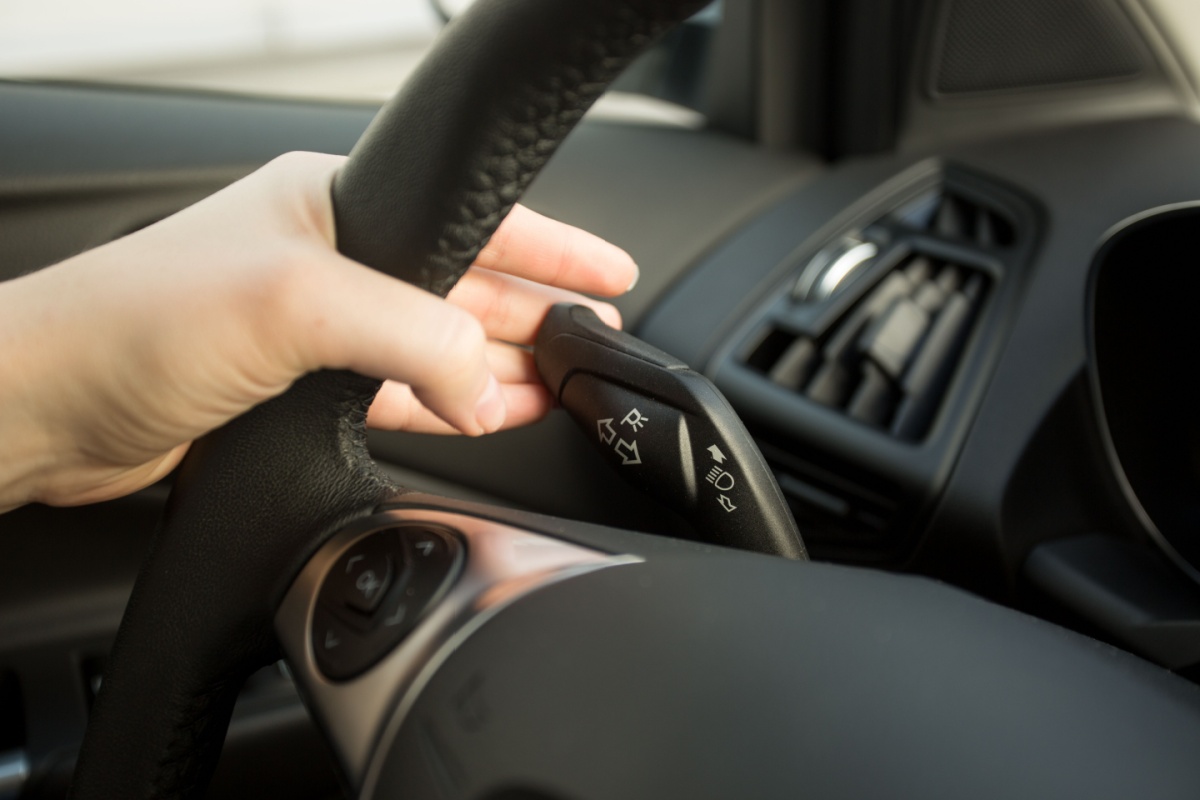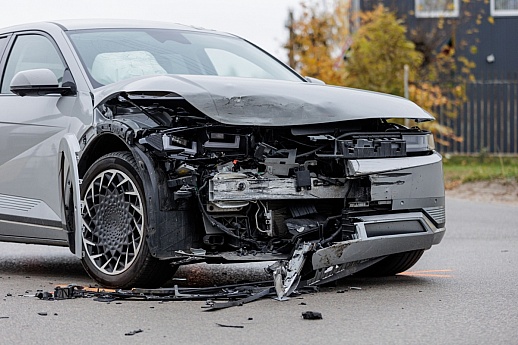What Is Commentary Driving? A Guide to Safer and More Skilled Driving
If you’re looking to sharpen your driving skills, here’s a proactive strategy. Commentary driving trains your brain to anticipate hazards and stay fully engaged behind the wheel. It’s designed to help build confidence, so let’s dive in to see how it can help you.
Commentary Driving Definition
This technique comes from advanced driver training where instructors use “commentary” (a think‑aloud method popularized by the UK police driving system, Roadcraft) to hard‑wire observation, planning, and hazard anticipation. Many driving schools adopt it because it turns passive looking into active scanning that supports smoother, safer decisions.

At its core, commentary driving is a “think-aloud” method where you verbalize every observation, judgment, and intended action as you navigate the road. You might announce spotting a cyclist approaching from behind, note that the traffic light is turning amber, flag a double‑parking situation narrowing your lane, or state your plan to move into the right‑hand lane.
By turning silent scans and assessments into spoken cues, this technique forces your brain to process the driving environment continuously, sharpening situational awareness and reinforcing safe habits.
How Does Commentary Driving Work?
In many advanced driving programs, commentary driving is taught using the MSPSL routine: Mirrors, Signal, Position, Speed, Look. Here’s what each means.
Mirrors
Before any maneuver, verbalize your mirror checks: “Checking rear mirror, side mirror…”. Do this to keep constant tabs on traffic behind and beside you. This active scanning reduces blind‑spot surprises by building a mental layout of the environment and nearby vehicles.
Signals
When you say “indicator on for right turn,” you’re giving yourself a friendly nudge to flick the turn signal and alert others to your plans. That simple verbal reminder helps you switch on the signal early, so fellow drivers and pedestrians know what you’re about to do.

Over time, it becomes second nature, ensuring you never miss a signal and keeping traffic flowing safely.
Position
Saying “positioning in the left lane” helps you naturally steer into the correct spot before the turn. By speaking your plan aloud, you slow down just enough to settle into the lane smoothly, avoid last‑second swerves, and get into the best spot for what’s coming next.
Speed
Announcing “slowing to 20 miles per hour for the curve” links your verbal cue to pedal pressure. That connection helps you begin braking earlier and maintain smoother speed adjustments to match road conditions.
Look
Saying “brake lights two cars ahead, crosswalk clear, watching the right driveway, space open to my left if I need it” keeps your eyes moving and your plan clear. Naming what you see and what you will do helps you spot hazards early and commit only when it is safe to do so.
Examples of Commentary Driving in Action
Here are some short narrations you can incorporate into your driving routine. Each uses plain, safety-focused language:
- Left turn at a green light: “Checking rear and left mirrors. The left signal is on as I ease toward the center line. Crosswalk is clear. The oncoming car is too close, so I’ll wait. After the silver sedan passes, I will turn and center the car in my new lane.”
- Freeway merge from an on-ramp: “Checking mirrors. The turn signal is on. I am building speed as I continue along the ramp. I am merging behind the white pickup, then I will open a three-second gap.”
- Night driving in rain on a city street: “The road is wet, so I’m increasing my following distance to four seconds. I am employing a gentle brake a little earlier than usual. My wipers are on and my windshield is clear. I will avoid the upcoming puddle. I am easing off the throttle as I see brake lights ahead.”
- Active school zone: “I see a school zone sign flashing ahead. I scan both sidewalks and the crosswalk. I see children near the curb, so I’m covering the brake and holding a lower speed. I do not pass and I am ready for the crossing guard’s signal.”
Overcoming Anxiety with Commentary Driving
It’s no secret that driving can trigger a knot of nerves. Even seasoned motorists report jitters when faced with heavy traffic or complex junctions. Nearly 66% of Americans experience some form of driving anxiety, with over half feeling uneasy performing basic maneuvers like lane changes or merging. Left unchecked, that worry can spiral out of control.

PLOS Mental Health researchers found that drivers naturally adopt self‑talk strategies to interrupt catastrophic “what‑if” loops and maintain focus on the road ahead. That spoken narration slows down racing thoughts and anchors you in the moment. Even small details, like acknowledging a squeaking sound from the car, can reduce anxiety by turning potential worries into clear, manageable observations.
Tips to Practice Commentary Driving
Getting started is as easy as finding a quiet area, like an empty lot or low-speed streets, and trying it out for five to 10 minutes at a time. It’s recommended practice to avoid distractions, such as music, phone use, or chatting with a passenger. Even the mirrors or the dashboard can be a distraction, though you shouldn’t ignore the mirrors altogether.
You can keep your spoken phrases short and safety‑critical by focusing on what you see and how that affects what you’ll do. Let your eyes lead with your voice.
As good driving habits start to stick, reserve narration for complex areas, such as merges, junctions, and dense traffic.
Who Can Benefit from Commentary Driving
Commentary driving is primarily for new drivers learning to “scan and plan” instead of reacting late. However, it can benefit any driver who wants to build more confidence.
That can include anxious drivers who need a steady, calming routine to anchor their attention; returning drivers rebuilding confidence after a long break or a minor incident; parents coaching their teens; and even professional and fleet drivers who want to reduce near-misses and improve smoothness.
What Not to Do
Remember that the commentary driving definition emphasizes clear, safety‑focused narration. If used correctly, you should avoid these pitfalls:
Mumbling your Commentary
When you under‑articulate, you lose the mental boost of hearing clear cues. If you can’t hear yourself, you won’t form the strong verbal‑to‑action link that builds awareness.
Describing Every Irrelevant Detail
Commenting on every tree or signboard overloads your working memory. The goal is to highlight safety‑critical observations, not to narrate a travelogue.
Focusing on Speech over Sight
If you watch your mouth instead of the road, you risk missing visual hazards. Your eyes should lead; your voice simply confirms.
Combining with Other Conversations
Trying it alongside phone calls or passenger chats splits your attention. Keep it a standalone exercise until it feels natural.
Always Phasing out the Narration
Using this tool indefinitely turns it into background noise rather than a learning tool. Once habits are ingrained, dial down the speech so safe driving becomes second nature.
Commentary Driving vs. Defensive Driving
As we’ve discussed above, commentary driving is a training technique where you speak your observations and decisions while you drive. On the other hand, defensive driving is the everyday strategy you use to manage space, speed, and risk. The two work together: commentary driving builds the habits that make defensive driving automatic.
Another way of looking at it is that while commentary driving improves awareness and planning during practice, defensive driving applies those skills to prevent conflicts on the road.
Insurance & Safety Benefits
Drivers who apply techniques like commentary driving often reduce risk because they spot hazards sooner, brake earlier, and keep steadier speeds. A better driving record can lead to better insurance rates over time, which is just one way to save on car insurance for young drivers.
Also, some insurers lower premiums for approved defensive‑driving courses. Availability varies by state and carrier, so we recommend checking your policy or asking your agent before signing up for a course.
Conclusion
Whether you’re behind the wheel of a hybrid, electric, or traditional gas‑powered car, commentary driving is a technique that will keep you engaged and confident. Give it a try on your next trip and discover how a simple running narration can transform your skills behind the wheel.



